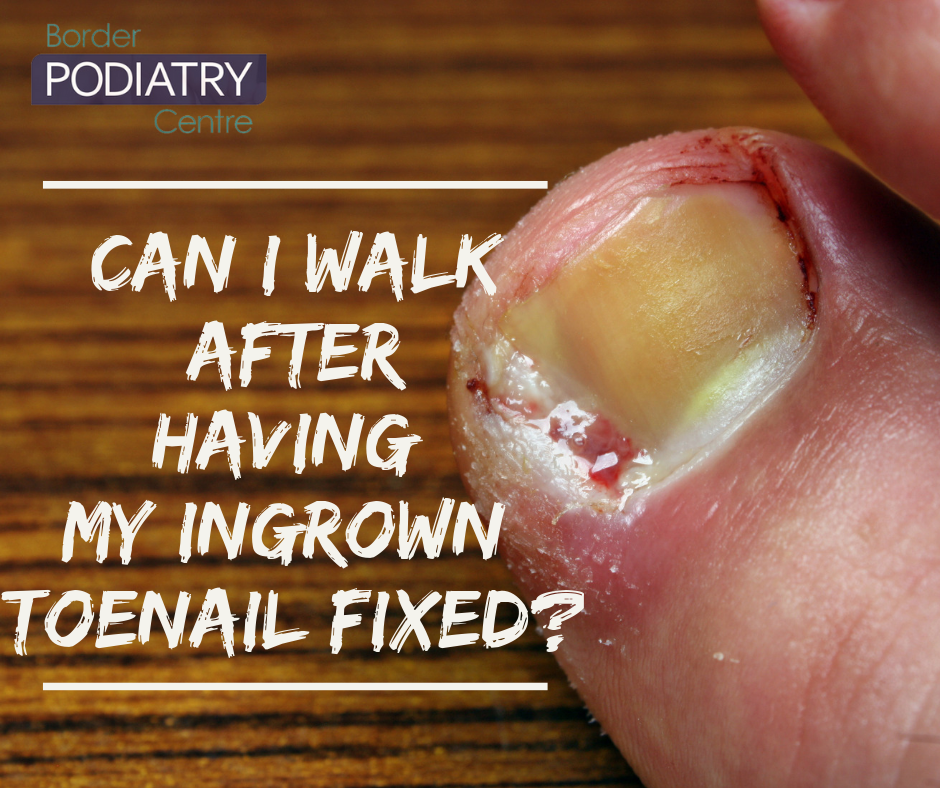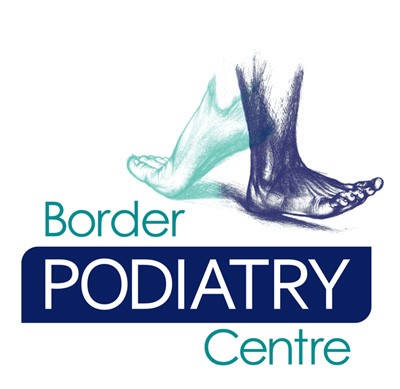
WHAT ARE INGROWN TOENAILS?
Ingrown toenails (or onychocryptosis as it is professionally known) are toenails that have pierced the skin or are pressing against the skin of the toe causing pain, inflammation and sometimes infection. Initial symptoms include minor discomfort and inflammation, usually after the nail pierces the skin of the toe.
Ingrown toe nails can be caused by abnormally curved, damaged, fungal or thickened toe nails that grow into the skin. Shoe wear can also cause ingrown or painful nails.
Ingrown toenails are often easily treated conservatively by a podiatrist in the clinic rooms by gently cutting away the offending nail spicule and then educating on appropriate shoe wear and nail cutting techniques to prevent problems in the future.
The two main types of ingrown toenails we see are:
- Nails which curl or turn in at the side, causing pressure and sometime a corn down the side of the nail. These ingrown nails are very painful but are easy for us to manage conservatively using the non-surgical treatment option.
- Nails which are penetrating through the skin, causing a bacterial infection as well as weeping, swelling, redness and sometimes pus. These types of ingrown nails MUST be treated immediately to reduce the pain and prevent major infections.
But What if all conservative care fails???
Nail surgery is a common and effective treatment for painful ingrown toe nails that are not resolving with conservative care.
The procedure is performed under local anaesthetic which numbs the toe that is being treated and the anaesthesia will last for 1-2 hours following the surgery. The procedure is conducted in the clinic rooms under strict sterilisation to minimise the risk of infection. A tourniquet is applied to the toe to minimise bleeding during the surgery. The offending portion of nail will then be removed without the need to cut any skin therefore there are no stitches. A chemical is then used to kill the root of the nail to prevent that section of nail from regrowing and causing problems in the future.
You are able to walk straight away following the surgery.
Minimal pain relief medication is usually required however this can be discussed with your podiatrist.
Dressings at home will also be discussed following the procedure. The podiatrist will then see you a week following the surgery to check on your recovery and once the toe has healed the nail will look normal, just slightly narrower than before.
Having performed countless numbers of nail surgeries, you can rest assured that your feet, or toes in this case, will be in the best hands at Border Podiatry Centre.
